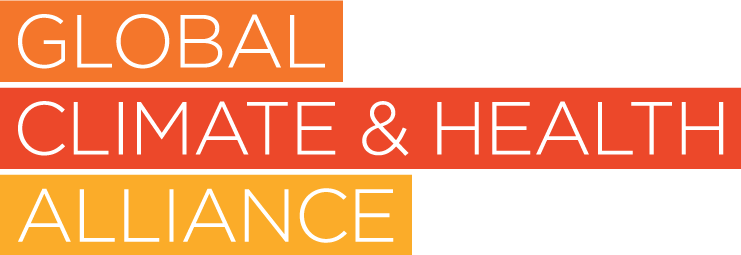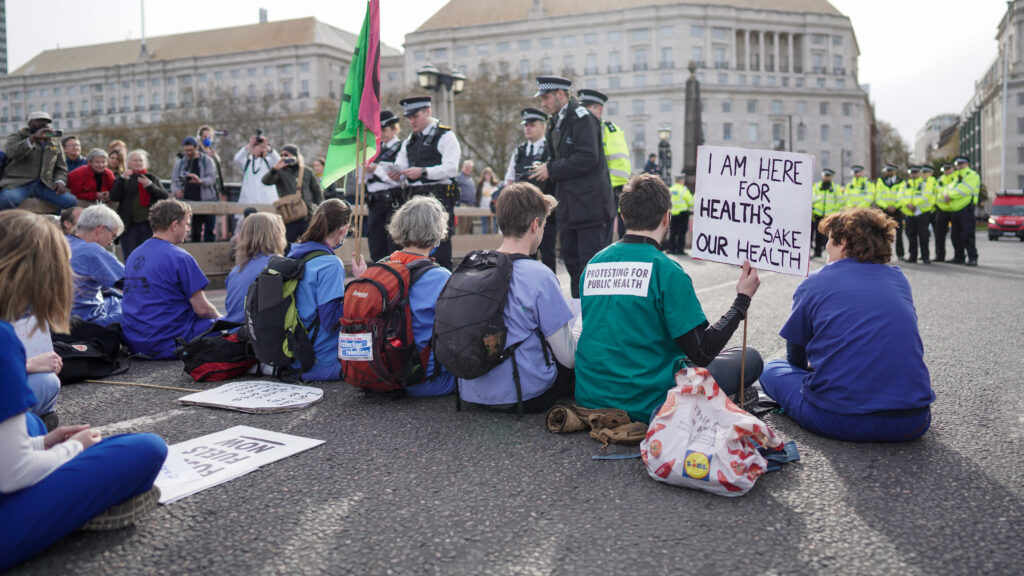– by Frances MacGuire – A search for the Amazon on Google will throw up more than a dozen air pollution monitors for sale. This is surprising because, of all the thousands of words that have been written about the Amazon forest fires since mid-August, very few have discussed air quality.
That changed on Friday 30 August, when the first story came in about Porto Velho, the state capital of Rondônia, which reported increased cases of respiratory problems among its residents, particularly among children. The World Health Organisation (WHO) warned that the forest fires are a threat to children, the elderly and those with pre-existing respiratory and cardiovascular conditions. The smoke from the fires is full of particulate matter which, when breathed into the lungs, can become lodged and cause serious illness.
The number of children treated at the local Cosme e Damia hospital more than doubled between the first and second 10 days of August. “The kids are affected the most. They’re coughing a lot,” said Elaine Diaz, a nurse in Porto Velho, “They have problems breathing. I’m concerned because it affects their health.”
Many communities have been evacuated, but indigenous peoples living in the rainforest are still exposed to fire and air pollution. Fires are used to clear areas for agricultural use and for deforestation. In Brazil, eight out of ten municipalities most affected by fires have also recorded the highest numbers of deforestation alerts, according to data from the National Institute for Space Research (INPE).
Right now fires are raging round the world, in Bolivia, Indonesia and even Alaska. While the flames and heat grab attention, the smoke and air pollution do not. Dr Maria Neira of the WHO noted that there is no “systematic monitoring” of air pollution from wildfires in the Amazon.
If the Amazon fires didn’t stop you in your tracks check out this map by Global Forest Watch to see where active fires are and the impact on air quality.
In March, the US Environmental Protection Agency and Centre for Disease Control launched their Air Aware campaign to raise awareness of poor air quality. It includes advice on preparing for wildfires.
In a nutshell, if you live in an area where there is wildfire risk there are steps you should take to prepare. If any family member has heart or lung disease, including asthma, you should develop a plan with your doctor to manage your condition during smoke events. In some countries you can purchase a portable air cleaner and N95 masks. It may seem obvious but when it’s smoky outdoors, try to stay indoors.
None of these are particularly helpful for forest dwelling indigenous peoples though, or for those who lack the means to evacuate.
When the fires have stopped burning, people may still be experiencing associated health problems. But will we ever know? It seems like local air pollution is ignored in the drama of the moment. Meanwhile vast swathes of ancient forests have been lost, threatening some of the earth’s vital biodiversity as noted by speakers at last week’s Planetary Health Alliance conference, and carbon dioxide that had been stored by the rainforest has gone up in smoke.
Our house is on fire, we are facing a climate and health emergency and we need to make the connections between environmental harm and human health.
Later this month young people are holding a global strike for the climate which will coincide with a UN Special Climate Summit in New York. We fit smoke alarms in our homes as a front-line defence against fire. The planet’s smoke alarm is getting louder and louder. Is anyone listening? Join us on September 20.

